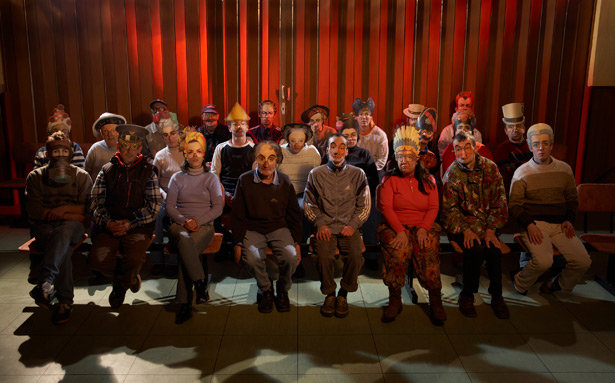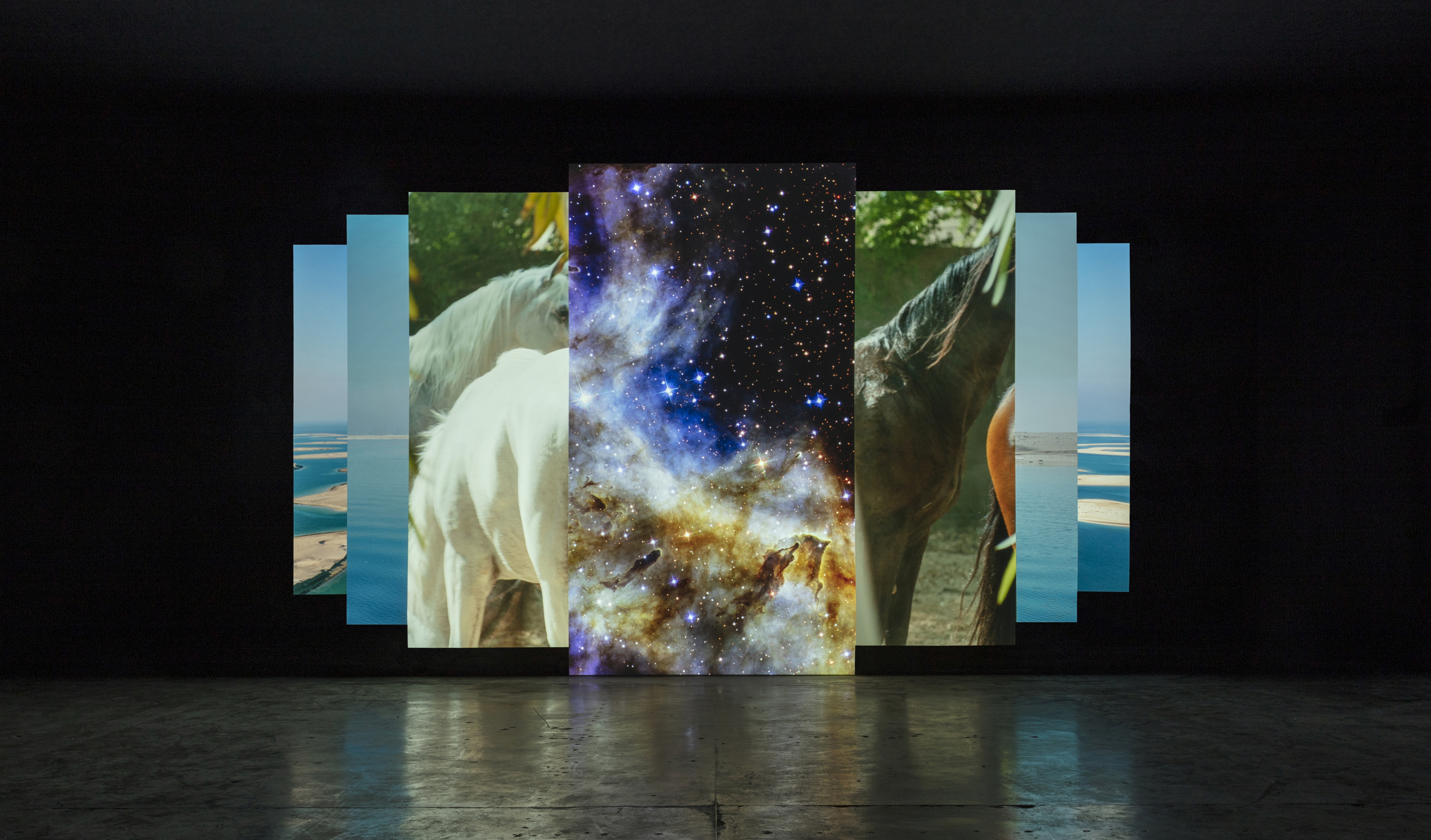Publics and Counterpublics
28 October 2010 – 6 March 2011
Centro Andaluz de Arte Contemporáneo
Monasterio de la Cartuja de Santa María de Las Cuevas
Avda. Américo Vespucio, 2
41092 Seville SPAIN
www.caac.es
The Public and Counterpublics project attempts to examine the position of the spectator in contemporary visual culture. To do this, the spectator’s perspective is used allegorically from a twin point of view. On the one hand, in terms of his or her vision; that is, from what the spectator sees, be this stage, screen or display system. On the other, the gaze is used to look at such spectators, at their behavior and at the place they occupy or which is reserved for them in the different systems.
At the same time the interest of different artists in this twin point of view may be foregrounded in two other projects also included here. The piece by Antoni Muntadas is, at all events, a symbiosis of both visions, since in a double slide-projection it brings the gaze to bear on the transmitter (in this instance the television set) and on the receiver (the TV viewers). Meanwhile, Rainer Ganahl’s photographs focus on another system for transmitting knowledge—the lecture as a genre—by lingering on the two main participants: those who elaborate and propagate the discourse (lecturers) and those who are in a position to receive it (the public).
In order to delve into the task of questioning the position of the spectator in contemporary visual culture, we proceed from two earlier essays that are considered to be fundamental as starting points for the discussion. Firstly, there is Jacques Rancière’s The Emancipated Spectator. In it the author posits the need to “piece together the network of presuppositions that place the issue of spectatorship at the center of the debate about the relationship between art and politics.” In critical dialogue with the innovatory theatrical tradition that has, throughout the twentieth century, attempted to break down the barriers between public and actors, Rancière states that “Spectatorship is not the passive condition that we would have to transform into activity. It is our normal situation.” In a way, and alluding to the title of his essay, he concludes that “in fact the emancipation of the spectator lies in that power of associating and dissociating; that is, the emancipation of each of us as spectators.” Secondly, there is Michael Warner’s Publics and Counterpublics, the essay that, moreover, lends its name to this exhibition. In it, Warner remarks that the public “is a space of discourse organized by nothing other than discourse itself,” at the same time as he warns that as such it only “exists by virtue of being addressed” and that it has “some social basis.” Namely, that the “public is the social space created by the reflexive circulation of discourse” which becomes reality through an active posture. Over and above these issues, Michael Warner’s reasoning is especially interesting when he speaks of “counterpublics,” that is, of those subaltern segments that are better recognized as “alternative counterpublics,” in Nancy Fraser’s words, although for Warner they are defined in opposition to a “dominant public.”
The exhibition is articulated and organized around a series of axes, not so much in the exhibition space per se as conceptually. Thus, we proceed from the opening and closing of the space of representation symbolized by curtains. By way of contrast, the show comes almost physically to an end with Ann Hamilton’s huge motorized curtains.




